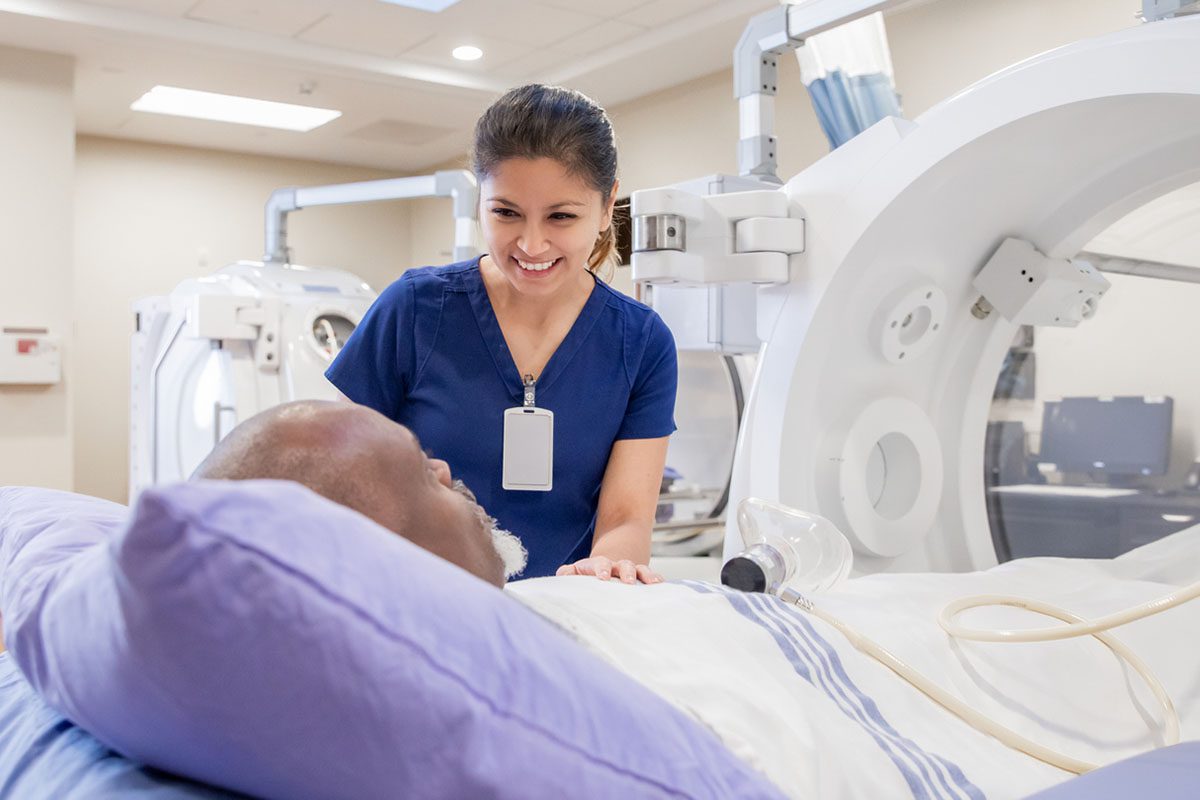Objective: A 20-month prospective follow-up of survivors of the severe earthquake in Turkey in 1999 examined the natural course of posttraumatic stress disorder (PTSD) and the contribution of different symptom clusters to the emergence of PTSD.
Method: Subjects were randomly sampled in a suburb of Istanbul that was severely affected by the earthquake. A total of 464 adults were assessed with a self-report instrument for PTSD symptoms on 3 consecutive surveys that were administered 1 to 3, 6 to 10, and 18 to 20 months following the earthquake.
Results: The prevalence of PTSD was 30.2% on the first survey and decreased to 26.9% and 10.6% on the second and third surveys, respectively. Female subjects showed initially higher (34.8%) PTSD rates compared with male subjects (19.1%). However, gender differences disappeared by the time of the third survey due to high spontaneous remission rates in female subjects. Low levels of chronic and delayed-onset PTSD were observed. A major contribution of the avoidance symptoms to PTSD diagnosis was identified by statistical analysis.
Conclusions: Initial PTSD following an earthquake may be as prevalent as in other natural disasters, but high rates of spontaneous remission lead to low prevalence 1.5 years following the earthquake. Initial avoidance characteristics play a major role in the emergence of PTSD.
Please sign in or purchase this PDF for $40.00.




